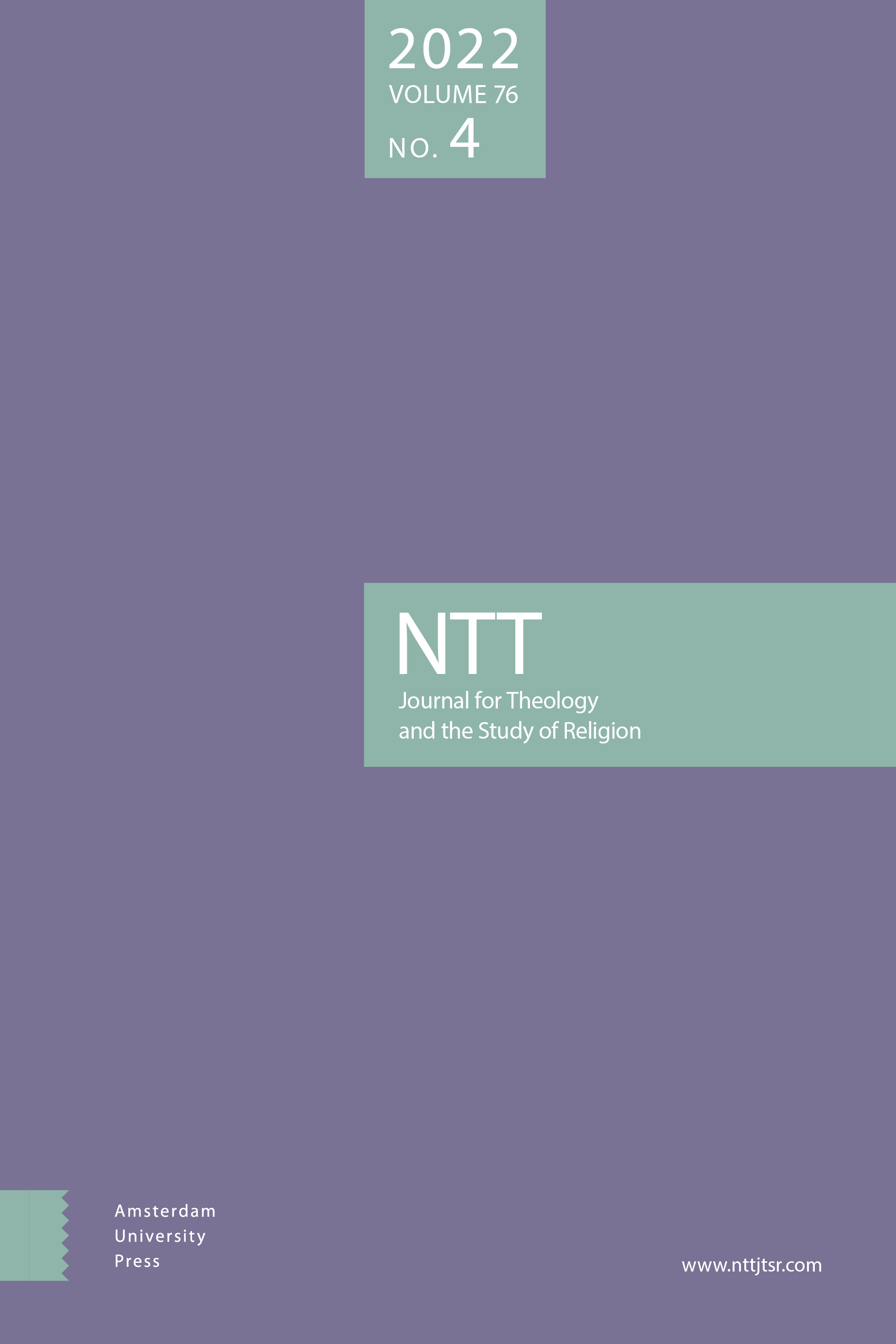-
OADavid Abulafia, The Great Sea: A Human History of the Mediterranean: Rethinking the Mediterranean in Jewish and Christian Literary Culture from the Early Roman Empire
- Amsterdam University Press
- Source: NTT Journal for Theology and the Study of Religion, Volume 76, Issue 4, Dec 2022, p. 334 - 345
-
- 01 Dec 2022
Abstract
As part of NTT JTSR’s series on Key Texts, the present article discusses David Abulafia’s monograph The Great Sea: A Human History of the Mediterranean. It explains Abulafia’s approach to the Mediterranean as a distinctive region in the context of the wider field of Mediterranean studies. The article then explores the potential impact of Abulafia’s specific approach on the study of Judaism and Christianity from the Graeco-Roman period, taking several Jewish and Christian literary texts from the early Roman Empire as case studies. It is suggested that Abulafia’s transmaritime approach to the Mediterranean as a region offers a range of potential research avenues that has not yet been exploited by scholars of ancient Judaism and early Christianity, inviting us to recognise the pivotal role of the Mediterranean Sea in ancient Judaism and early Christianity, both as a topos and as a shaping force.


